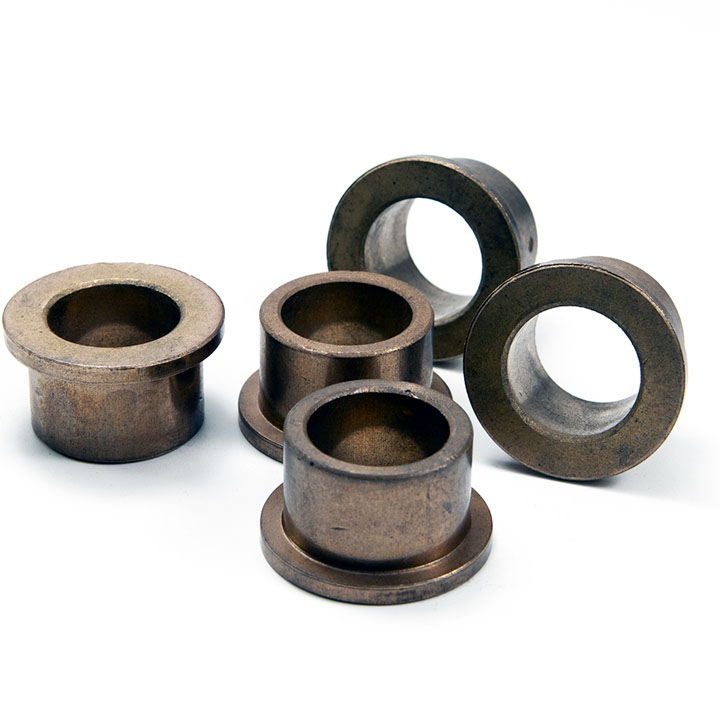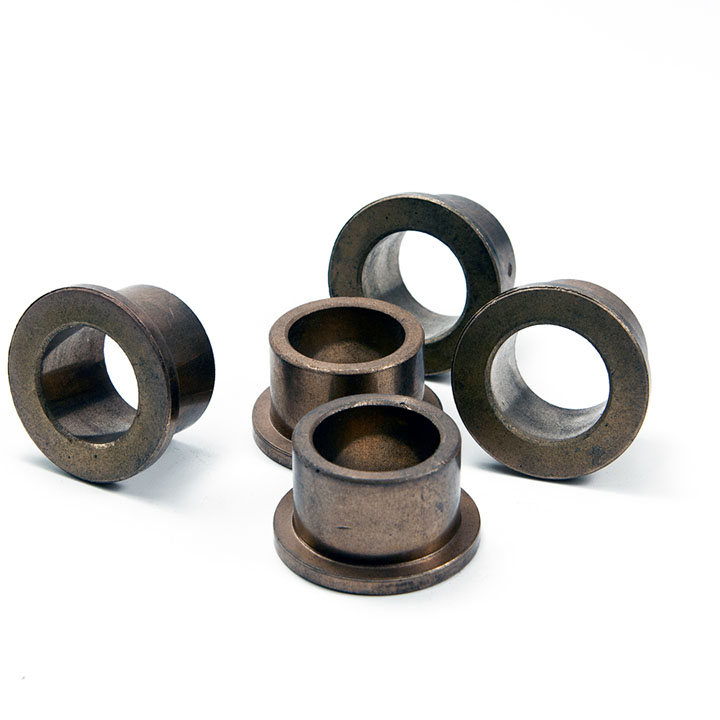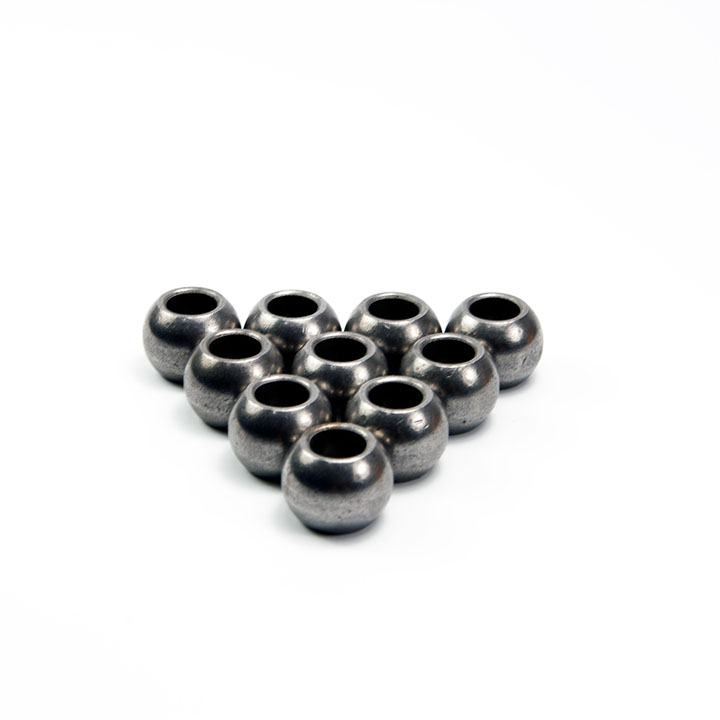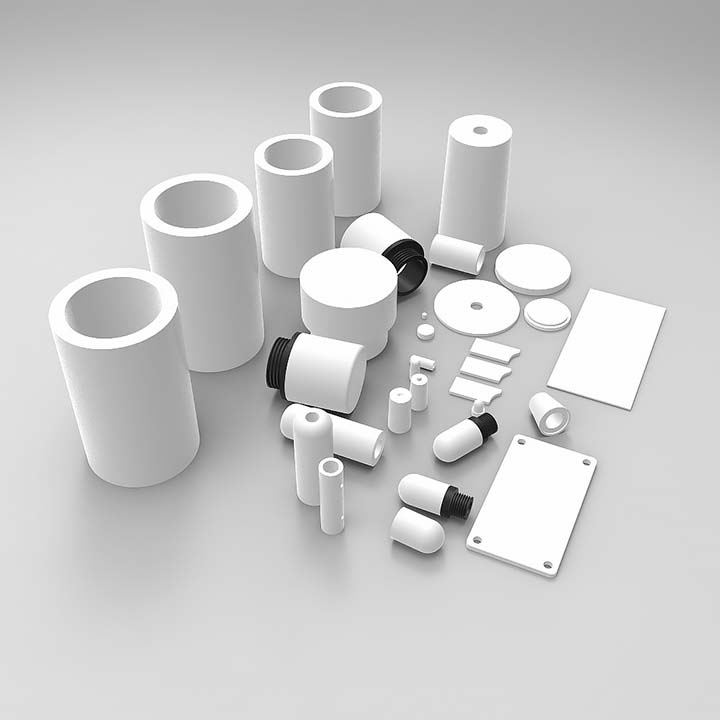Bushings are critical components in the design of machines, serving as protective interfaces between two parts. These small but mighty elements are crucial for reducing wear and tear, minimizing friction, and enhancing performance across a myriad of mechanical systems. Used in everything from automotive engines to industrial machinery, bushings come in various materials, each tailored for specific applications and environmental conditions.

Types of Bushings: Choosing the Right Material for Your Needs
Bushings play a crucial role in the smooth and efficient operation of machinery, acting as critical components that reduce wear and tear between moving parts. These seemingly small elements are available in a variety of materials, each tailored to specific operational demands and environmental conditions.
- Bronze Bushings: Typically chosen for their robustness, bronze bushings excel in heavy-load applications. They are highly valued for their durability and excellent corrosion resistance, making them ideal for machinery exposed to harsh environments. Furthermore, bronze bushings maintain good conductivity, which is advantageous in electrical applications.
- Plastic Bushings: These bushings offer a lightweight, corrosion-resistant alternative to metal bushings. Plastic bushings are particularly suitable for applications where metal bushings could suffer from corrosion, such as in chemical processing or marine environments. Additionally, they do not require lubrication, which can reduce maintenance costs and increase cleanliness in operations where contamination must be avoided.
- Rubber Bushings: Best known for their flexibility and vibration damping capabilities, rubber bushings are predominantly used in applications that involve movement and vibration, like automotive suspension systems. These bushings can absorb shocks and dampen noise, thereby enhancing the comfort and performance of vehicles.
- Sintered Metal Bushings: As previously mentioned, sintered metal bushings are notable for their durability and self-lubricating features. They are especially beneficial in high-friction environments where other bushing materials might degrade quickly. The porous nature of sintered bushings allows them to be impregnated with lubricants, enhancing their performance and lifespan.
Each material offers unique benefits that can be matched to the specific requirements of different mechanical applications. By understanding the properties and advantages of each type of bushing, engineers and designers can make informed choices that optimize the performance and reliability of their equipment.




